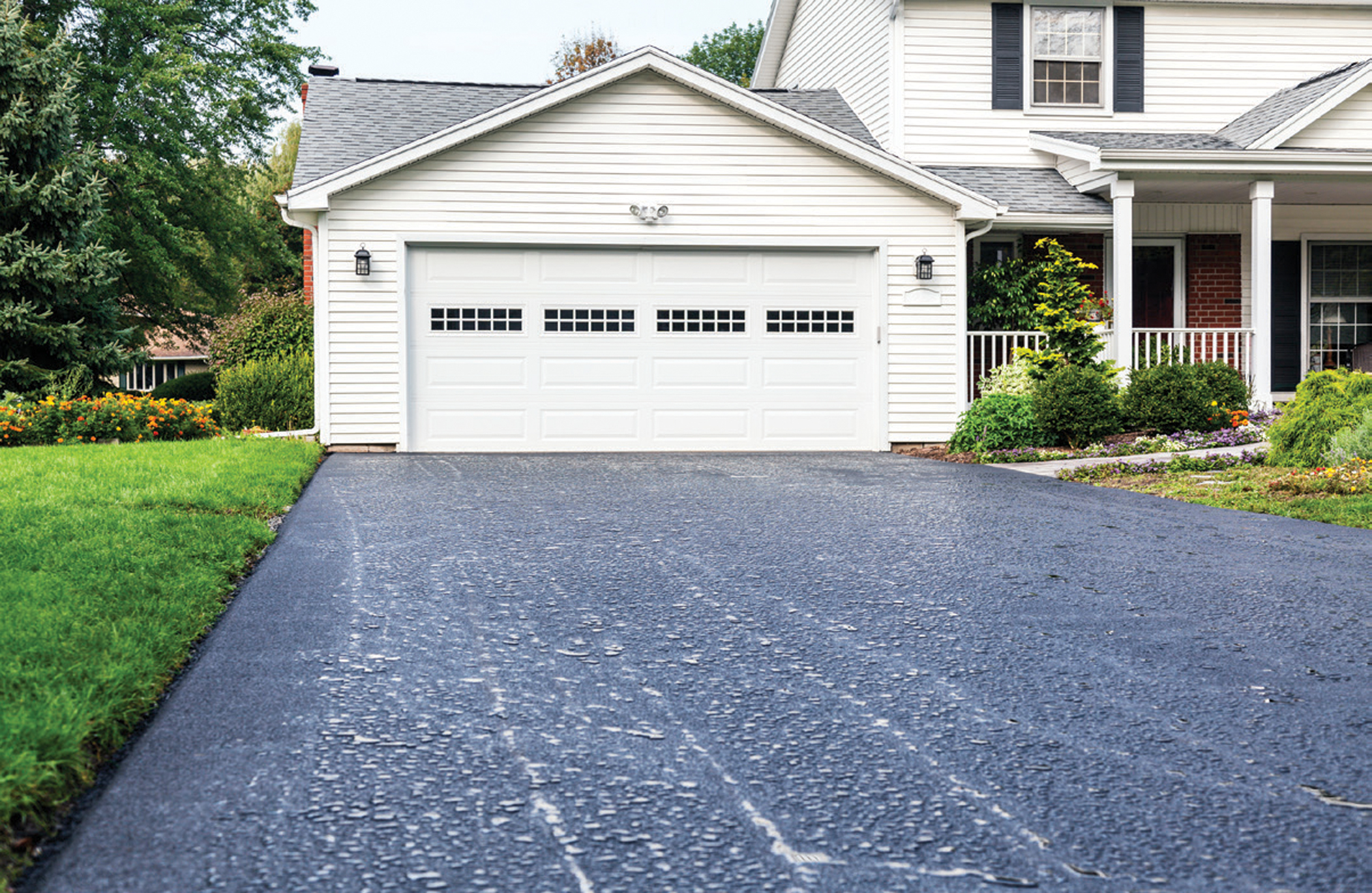Warm Mix Asphalt: A Sustainable Option for Pavement
Warm Mix Asphalt (HMA) has actually arised as a leading sustainable option for pavement solutions, using a myriad of innovative technologies and environmental advantages. As the need for environmentally friendly building and construction methods grows, discovering the subtleties of HMA's sustainability can supply important understandings right into the future of pavement remedies.
Ecological Benefits of Warm Mix Asphalt

Additionally, Hot Mix Asphalt helps to mitigate urban warm island results. Its dark color takes in sunlight, minimizing the amount of warm reflected back right into the atmosphere compared to lighter-colored pavements. This can reduce ambient temperatures in metropolitan locations, reducing the need for a/c and ultimately minimizing power consumption.
Furthermore, Warm Mix Asphalt adds to enhanced stormwater administration. Its permeable nature permits water to charge and infiltrate the sidewalk groundwater materials, decreasing overflow and the danger of flooding. These environmental advantages make Hot Mix Asphalt a lasting selection for paving roads and freeways.
Power Efficiency in HMA Production
Is power performance a critical consider the production of Hot Mix Asphalt (HMA)? Absolutely. Energy plays a substantial duty in the production of HMA, affecting both expense and ecological sustainability. One crucial facet of power effectiveness in HMA manufacturing is using cozy mix asphalt (WMA) technologies (hot mix asphalt). WMA permits for the blending and placement of asphalt at reduced temperatures compared to standard hot mix asphalt, leading to minimized energy usage throughout manufacturing. This procedure not just lowers gas usage but likewise decreases greenhouse gas emissions, making it a more ecologically friendly choice.
Moreover, developments in plant innovations have resulted in even more energy-efficient HMA manufacturing processes. Modern plants are designed with functions like recycled asphalt sidewalk (RAP) processing abilities, efficient burner systems, and enhanced insulation, all adding to energy financial savings. By optimizing energy use in HMA production, the market can lower its carbon footprint while maintaining high-quality pavement products. Power effectiveness is, therefore, an essential consideration in making certain the sustainability of Hot Mix Asphalt manufacturing.
Recyclability of Warm Mix Asphalt
The recyclability of Hot Mix Asphalt (HMA) is an essential facet of its sustainability and long-term ecological effect. HMA is just one of the most recycled products in the United States, with over 100 million lots of recovered asphalt pavement (RAP) being reused annually in brand-new pavement building and construction. Recycling HMA offers numerous environmental advantages, such as minimizing the requirement for virgin products, reducing energy consumption throughout manufacturing, and decreasing the amount of waste sent out to garbage dumps.
The process of recycling HMA includes milling the existing pavement, squashing it into smaller pieces, and mixing it with brand-new accumulation and asphalt binder to produce a recycled mix. Overall, the recyclability of HMA plays a considerable role in advertising sustainable techniques within the pavement industry.

Long-Term Efficiency of HMA
Asphalt sidewalks demonstrate longevity and resilience over a prolonged duration, showing the long-lasting performance of Warm Mix Asphalt (HMA) The durability of HMA can be attributed to its ability to stand up to hefty web traffic tons, severe weather, and the results of aging. Research studies have revealed that properly designed and appropriately built HMA sidewalks can last for two decades or more with routine maintenance. The key to maximizing the long-term efficiency of HMA exists regrading in making use of top quality products, adhering to finest methods in building and construction, and executing effective upkeep methods. Appropriate drainage, regular examinations, and prompt fixings are necessary for preserving the architectural honesty of HMA pavements with time. Furthermore, improvements in HMA innovation, such as the usage of polymer-modified binders and cozy mix asphalt, have additionally boosted the resilience and longevity of HMA pavements. By prioritizing top quality building and upkeep practices, HMA continues to verify itself as a lasting and cost-efficient service for durable pavement infrastructure.

HMA: Resilience and Sustainability
Demonstrating both toughness and sustainability, Warm Mix Asphalt (HMA) has ended up being a keystone in the building of durable sidewalk frameworks - regrading. HMA's durability stems from its capability to endure hefty loads, extreme weather problems, and high web traffic volumes, making it a dependable option for highways, highways, and airport runways. The composition of HMA, which generally includes aggregates, binder, and filler, plays an essential role in improving its long life and resistance to tear and wear
In addition, HMA's sustainability hinges on its recyclability and energy-efficient production procedure. The capability to recycle reclaimed asphalt pavement (RAP) in new HMA mixtures reduces the demand for virgin materials and decreases the environmental effect of sidewalk construction and upkeep. In addition, the power performance of generating HMA hinges on its lower mixing temperature levels compared to other pavement materials, causing lowered power consumption and greenhouse gas discharges.
Conclusion
In final thought, warm mix asphalt (HMA) uses a lasting solution for pavement with its ecologically pleasant attributes. HMA's recyclability, power performance in manufacturing, and lasting toughness make it a green option for road building and construction.
HMA is one of the most recycled products in the United States, with over 100 million tons of recovered asphalt pavement (RAP) being recycled yearly in new sidewalk building.The procedure of recycling HMA entails grating the existing sidewalk, crushing it into smaller pieces, and blending it with brand-new accumulation and asphalt binder to create a recycled mix.Asphalt pavements show toughness and durability over an extensive duration, showing the long-lasting efficiency of Warm Mix Asphalt (HMA) Additionally, advancements in HMA technology, such as the use of polymer-modified binders and cozy mix asphalt, have actually additionally improved the sturdiness and longevity of HMA pavements. The capability to recycle recovered asphalt sidewalk (RAP) in new HMA mixtures lowers the need for virgin products and minimizes the environmental effect of pavement construction and upkeep.